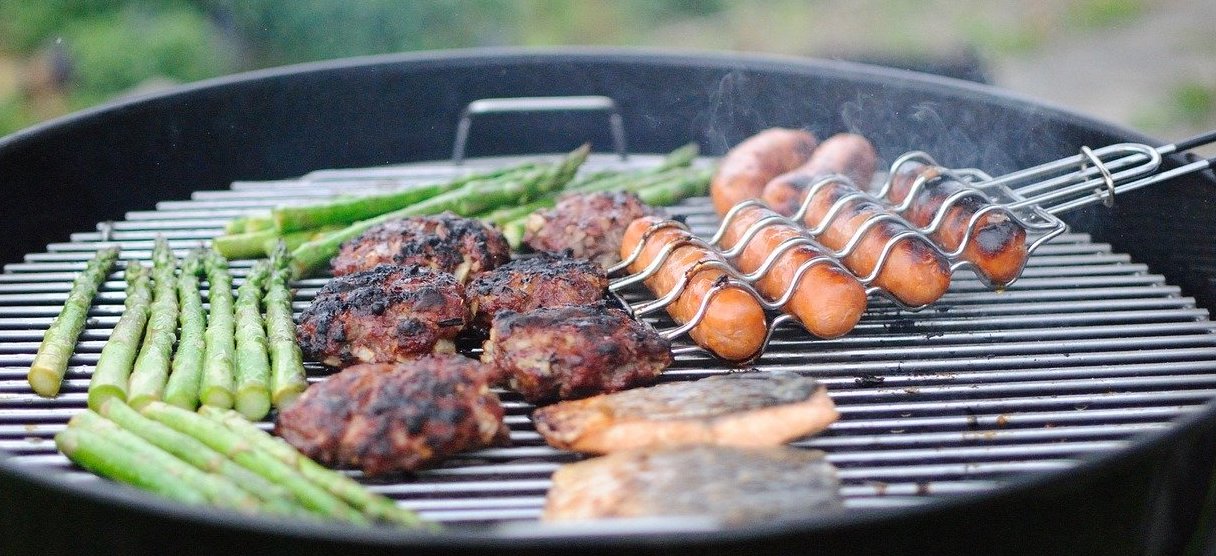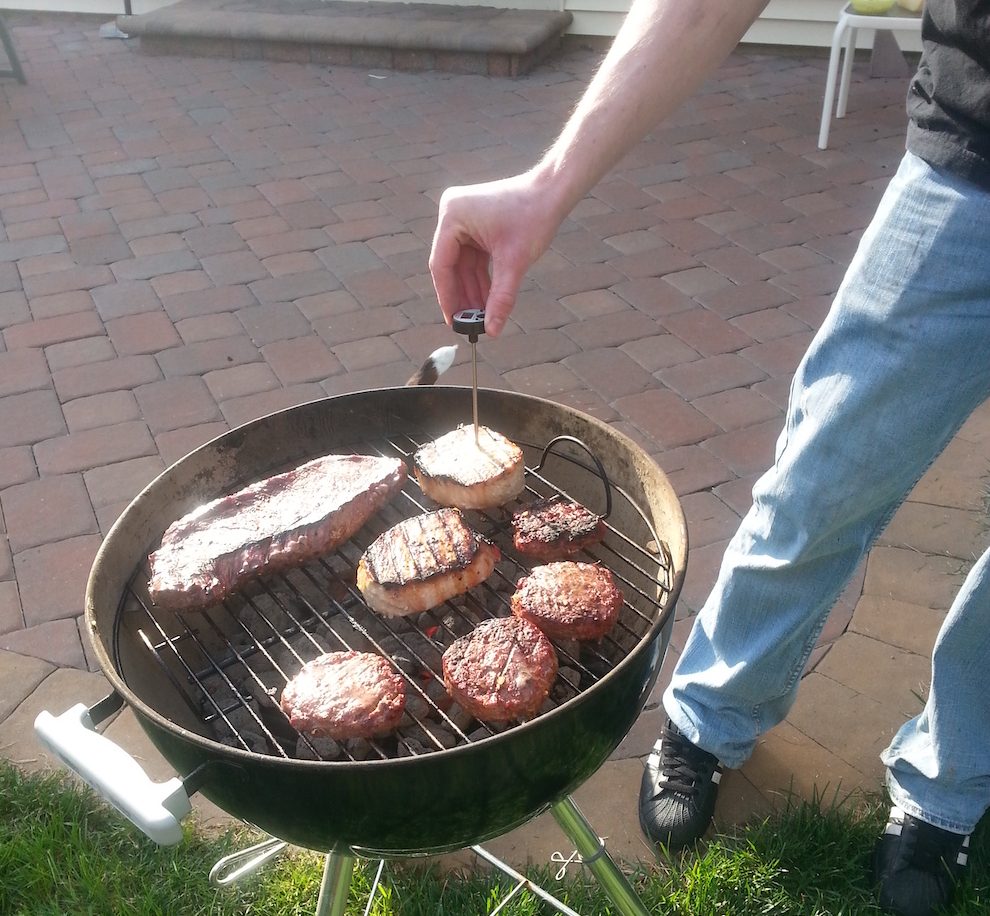
Don't let foodborne illness wreck your summer

Don't let foodborne illness wreck your summer
As we head into warmer weather, we are looking forward to firing up the grill ... but with the current pandemic, many of us are increasingly concerned about the safety of our food.
Luckily, there is no current evidence that COVID-19 can be transmitted through food or food packaging. But that doesn't mean that we should relax our safety standards. According to the Centers for Disease Control, each year, 48 million people in the U.S. get sick, 128,000 are hospitalized and 3,000 people die from foodborne illness. Many of these are a result of missteps that consumers make in their own homes.
The biggest food safety concern this summer is whether or not we are handing our food safely. It is essential for the health of you and your family that you clean, separate, cook, and chill your food correctly.
But don't worry, we've got you covered with the following tips!
Tips for grilling safely
Clean
Keep everything clean. Start with clean hands, utensils, plates, platters and a clean grill. If you use a wire brush to clean your grill, be sure no wires are left behind to get in the food. Wash your hands with warm water and soap for 20 seconds both before and after handling your food.
Once you use a platter and utensils to carry raw meats to the grill, be sure to wash them with warm soapy water before using them again for your cooked food. Using the same platter or utensils that previously held raw meat, poultry or seafood allows bacteria from the raw food's juices to spread to your cooked food.
Separate
Keep raw and cooked foods apart. When prepping your meats, be sure not to accidentally contaminate countertops, sinks or other foods that will not be cooked (like salad greens). Prevent cross-contamination by cutting chicken or forming hamburger patties on a cutting board that can immediately go in the dishwasher.
If you marinate your meat or seafood, be sure to do so in the refrigerator, never on the kitchen counter or outside, then discard any unused marinade. If you would like to have your marinade as a sauce on your cooked food, reserve a portion of it in a separate container before adding the rest to the raw food.

Cook
Make sure everything you make is thoroughly cooked. Cooking food to the correct internal temperature is the only way to kill the pathogens that cause foodborne illness. Do you check that your food is cooked thoroughly by looking at the color of the meat ... or by examining the color of the juices coming off the product? Actually, neither of these methods are accurate or safe.
Instead, use a calibrated dial or digital thermometer to check the temperature of your food. (It doesn't have to be expensive, either.) Even if you partially cook foods for the grill in the oven or on the stovetop, immediately take it to the grill and finish cooking it to the correct temperature.
The thermometer should be placed in the thickest part of the meat and should not be touching bone, fat or gristle. Check the temperature in several places to make sure the food is adequately heated. Here are the correct cooking temperatures for various types of meat:
- Beef, pork, lamb or veal steaks and chops: 145°F
- Poultry, including ground and whole: 165°F
- Ground beef: 160°F
- Fish: 145°F
Calibrate your thermometer regularly to ensure accuracy.
- Fill a cup to the top with ice.
- Add water to fill the cup to 2/3 full.
- Submerge the thermometer into the ice slurry and wait for the dial to stabilize.
- If your thermometer is accurate, the dial should read 32°F. If the thermometer does not read 32°F, keep the thermometer submerged in the ice slurry and adjust it. The thermometer will have a nut or some other device at the top of the stem that controls the dial. Move the nut until the dial reads 32°F.
Chill
Keep foodborne illness at bay by keeping foods cold both before cooking and as leftovers. And because grilling takes place in warmer weather, this tip is even more critical now!
Keep your meat, poultry and seafood refrigerated until you are ready to grill. If you are using a cooler to hold your food before cooking, be sure to keep that cooler filled with ice and out of direct sunlight. Avoid opening the lid too often. If you're having a cookout or party, plan to have two coolers: one for beverages and one for perishables.
Finally, always refrigerate leftovers immediately. Discard any food that has been out at room temperature for more than 2 hours (or one hour if the temperature is over 90°F). This is a good rule of thumb for meat as well as eggs, cut fruit and other perishable non-meat dishes.
Barbeque season offers lots of opportunities to reconnect—even more so when our stay at home orders are lifted. But don't let poor food safety practices allow our family and friends to fall victim to foodborne illness. Protect your family and friends by putting into place practices that will ensure safe food handling and enjoy a sunny and healthy summer!
